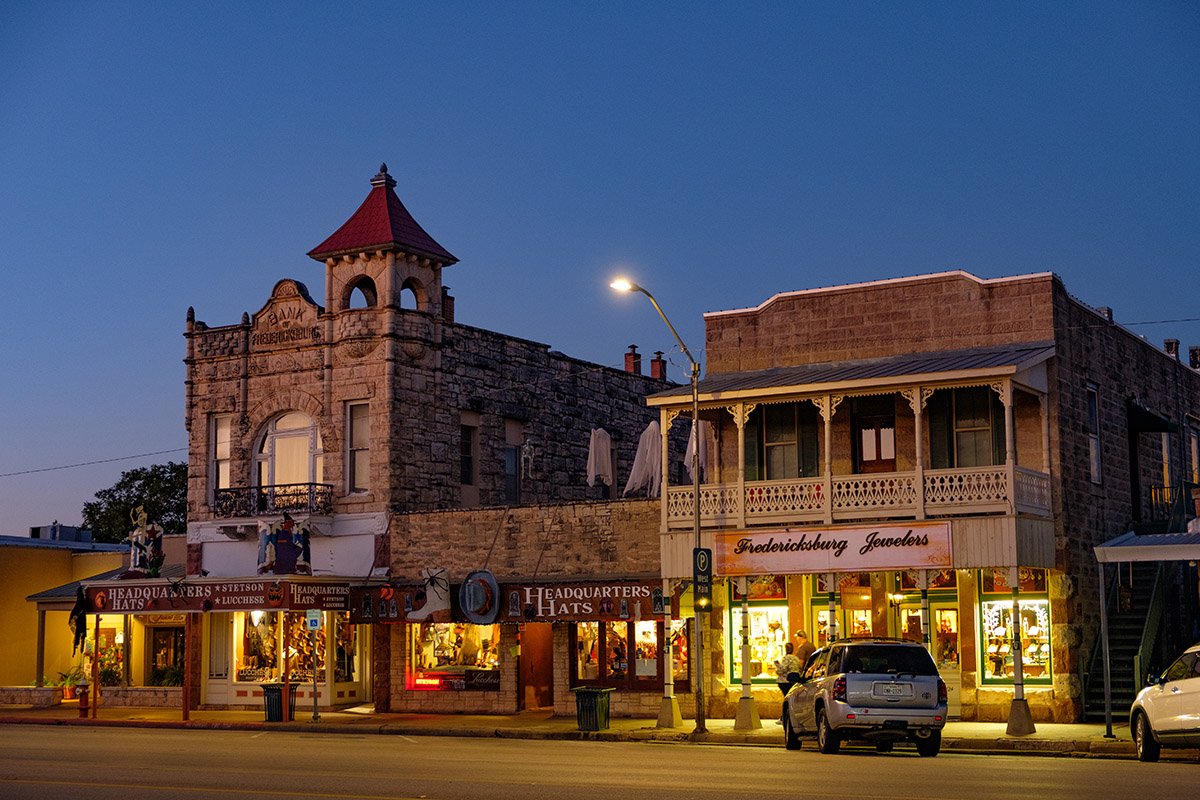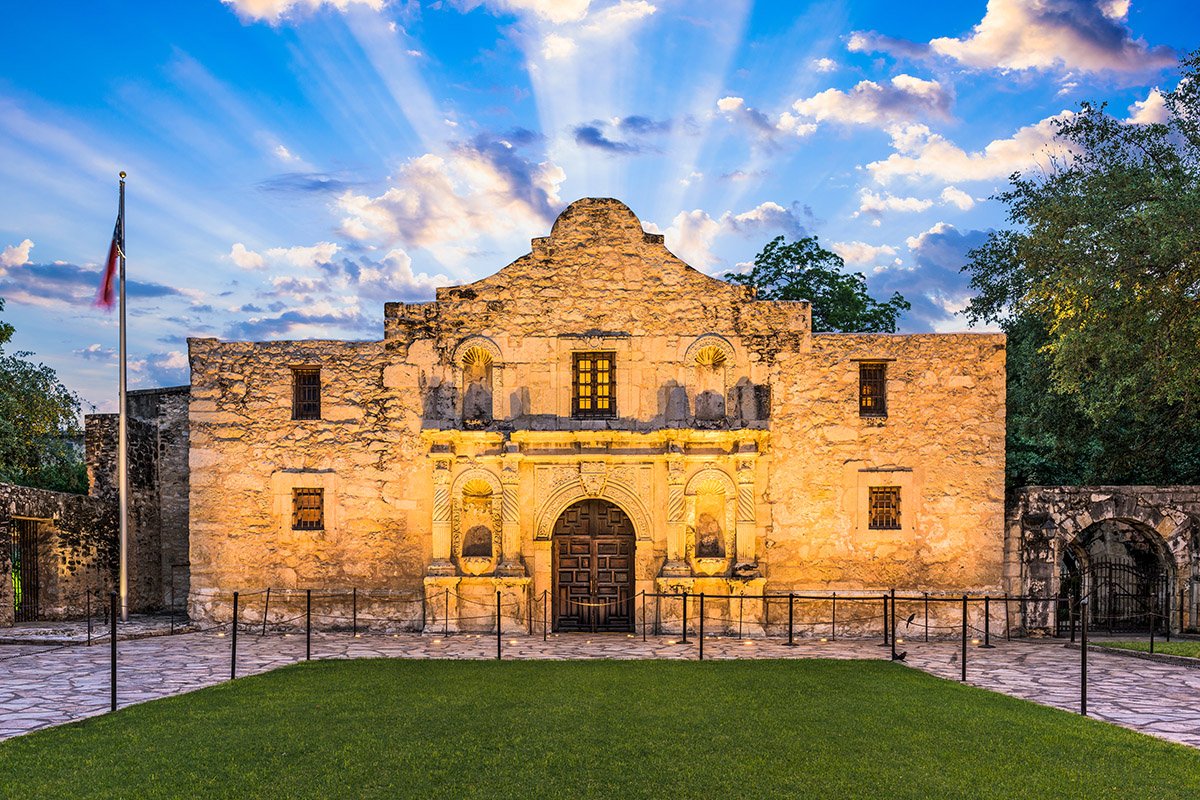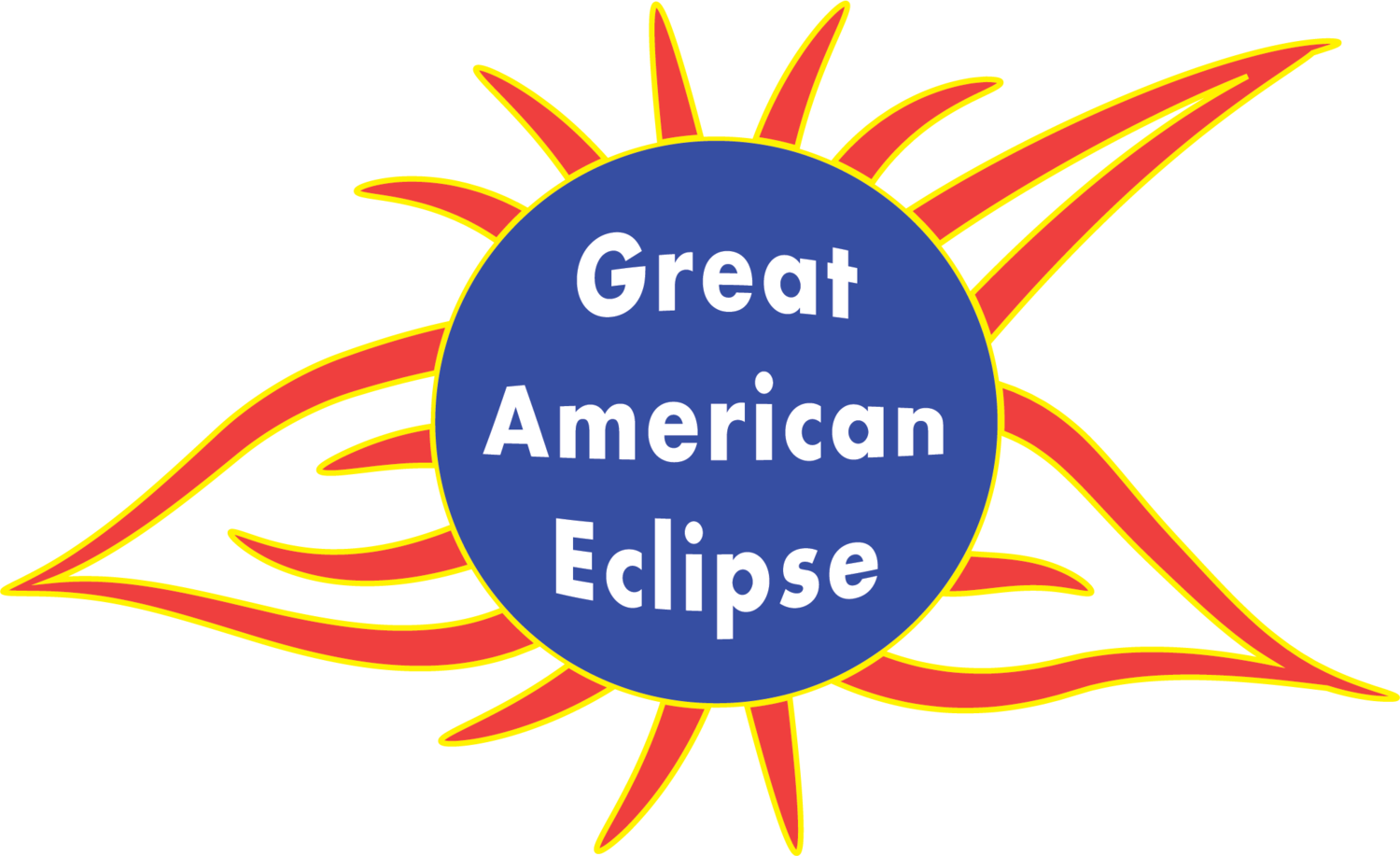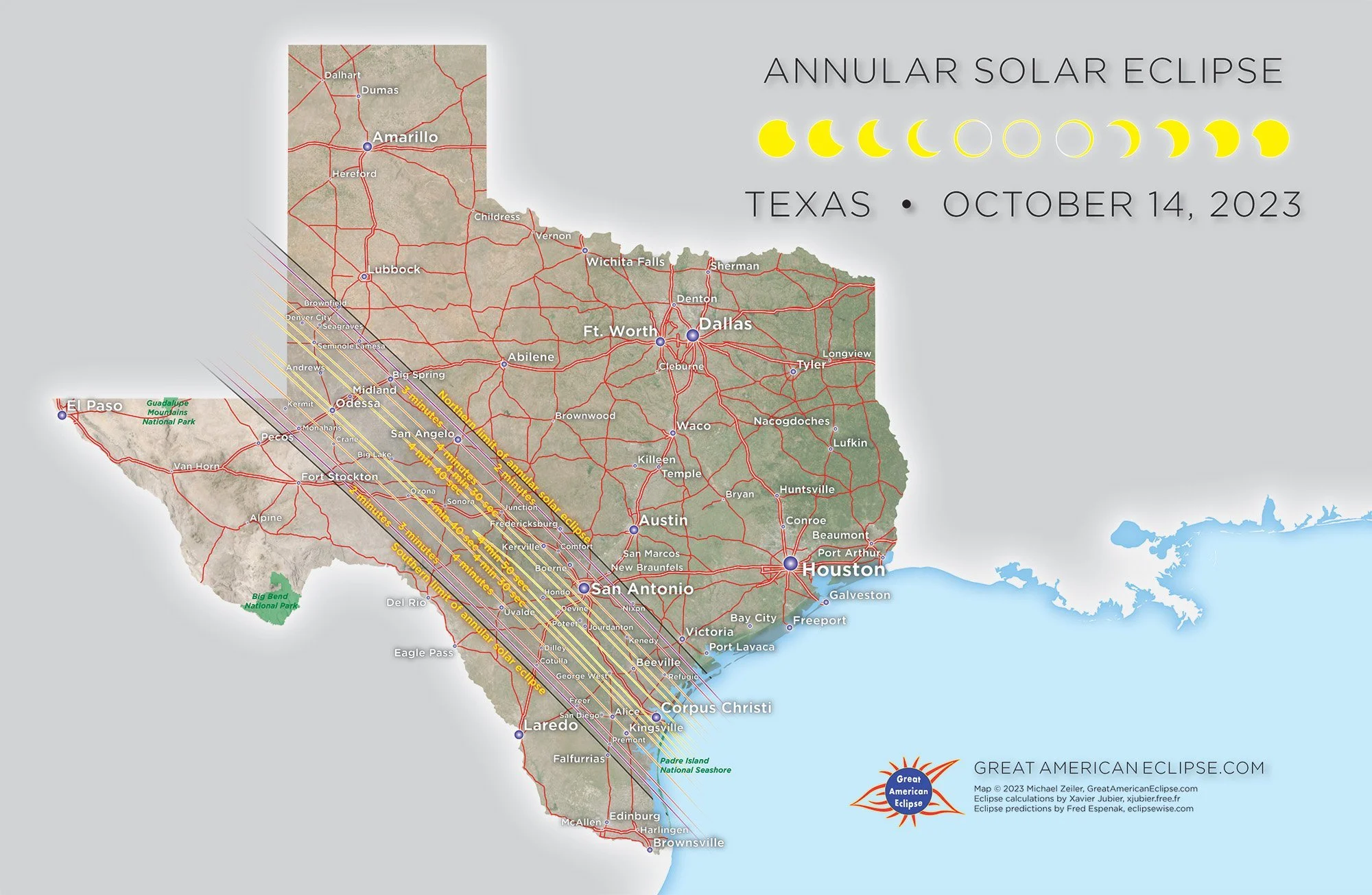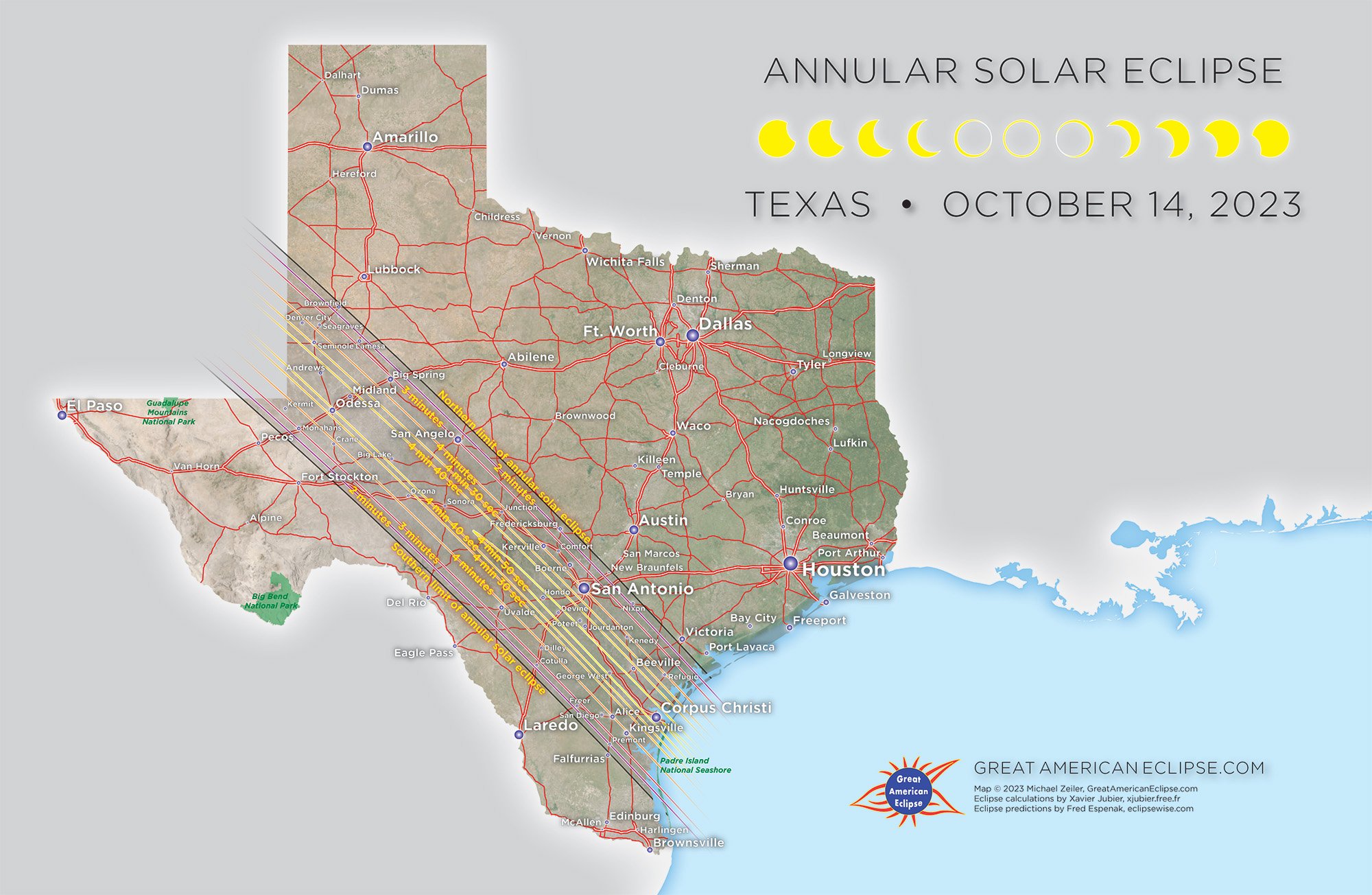Annular Solar Eclipse over Texas on October 14, 2023
THIS ANIMATION SIMULATES THE VIEW FROM A SPACECRAFT CHASING THE ANNULAR SOLAR ECLIPSE FROM AN ALTITUDE OF 125 MILES! DURING THIS RING OF FIRE ECLIPSE, THE SUN WILL APPEAR AS A DAZZLING THIN RING. BE SURE TO USE ECLIPSE GLASSES OR ANOTHER SAFE SOLAR VIEWING METHOD. AS THE ECLIPSE BEGINS IN THE EARLY MORNING IN OREGON, THE MOON'S SHADOW IS ELONGATED AND TRAVELING FAST AT 7000 MILES PER HOUR! AFTER CROSSING CALIFORNIA, NEVADA, IDAHO, UTAH, ARIZONA, COLORADO, NEW MEXICO, AND TEXAS, THE ANNULAR SOLAR ECLIPSE PROCEEDS TO CENTRAL AMERICA AND SOUTH AMERICA.
An annular solar eclipse visits Texas, 6 months before the total solar eclipse of April 8, 2024. If you are inside the path of annular solar eclipse, you will see the dramatic sight of the Sun as a thin ring, almost but not completely eclipsed by the Moon. Daylight will be dimmed considerably, but not dark like a total solar eclipse. This eerie sight can be enjoyed with eclipse glasses and other safe viewing methods.
The annular solar eclipse begins in Texas at 11:41 am CDT with the speed of the Moon’s shadow being 2313 mph. The annular solar eclipse leaves Texas at 12:00 pm CDT and the Moon’s shadow diminishes to 1736 mph. The maximum duration of annularity in Texas is 4 minutes and 52 seconds.
The largest city in the path of the annular solar eclipse in the United States is San Antonio with over 2.6 million people in the metropolitan area. Much of San Antonio is also inside the path of the total solar eclipse on April 8, 2024.
Scenic locations to view the eclipse inside the path in Texas include the Enchanted Rock State National Area near Fredericksburg, Lost Maples State Natural Area, Caverns of Sonora, Rockport Beach near Corpus Christi, South Llano River State Park near Junction, the San Antonio River Walk, Medina River Natural Area near San Antonio, and the Alamo in San Antonio. The annular solar eclipse leaves the United States at Padre Island National Seashore, a beautiful series of barrier islands on the Gulf of Mexico.
About the Annular Solar Eclipse
During an annular solar eclipse, the apparent size of the Moon’s disk is slightly smaller than the apparent size of the Sun’s disk. Therefore, only the outer edge of the Sun remains visible and the Sun appears as a brilliant ring if you are inside the path of annular solar eclipse. This is an otherworldly sight often called a “ring of fire”. Here are instructions for the safely viewing solar eclipses by the American Astronomical Society and endorsed by several professional societies.
Timeline of the october 14, 2023 annular solar eclipse. Learn more at www.greatamericaneclipse.com/october-14-2023
This eclipse will be a warm-up act for the spectacle of the total solar eclipse crossing the United States just 177 days later on April 8, 2024. While not as dramatic as a total solar eclipse, an annular solar eclipse promises a spectacular vision featuring the striking sight of the Sun as a ring. We recommend solar binoculars for viewing the dynamic Baily’s Beads, sparkling points of brilliant sunlight as the Moon’s limb rolls over the Sun’s edge.
Tips for viewing the annular solar eclipse
Learn the simple methods to safely view a solar eclipse. At all times during an annular solar eclipse, you must use eclipse glasses or other safe viewing method. Visit eclipse.aas.org/eye-safety for detailed instructions.
Plan ahead. If you choose to stay in a hotel, be aware that most will sell out. A perfect guide to planning your eclipse is our field guide, greatamericaneclipse.com/books/field-guide-to-the-2023-and-2024-solar-eclipses.
Get to your destination early and try to spend eclipse night at or near your viewing location. Expect the highways and freeways to be extra busy in the aftermath of totality.
Be self-sufficient. Fill up your gas tank and bring food and water.
Check the local TV weather reports as eclipse day approaches. The meteorologists will give you great advice on viewing the eclipse and whether you may need to relocate. We recommend eclipsophile.com as the essential site for eclipse meteorology.
Unless you are an experienced photographer, we recommend that you not attempt photography during the eclipse. You will be so stunned that it will be difficult to operate a camera. If you choose to do photography, visit Fred Espenak’s MrEclipse.com for advice.
Animation of the Annular Solar Eclipse across Texas
Our animation shows you exactly where the eclipse will be total, moment-by-moment. The maximum duration shown is for locations along the very center of the eclipse path. This animation is built using data from retired NASA astrophysicist Fred Espenak (eclipsewise.com) and eclipse expert Xavier Jubier (xjubier.free.fr). You may freely share our maps and animations on social media and web sites, we just ask for a link to our website.
Impact of the eclipse in Texas
The annular solar eclipse will attract people from throughout the nation. People will most likely drive the shortest path to a location inside the path of annular solar eclipse. This map shows that Texas can expect visitors from the entire eastern half of the nation. The metropolitan areas of Dallas/Ft Worth, Houston, and Austin will certainly provide many visitors.
Eclipse weather in Texas
COURTESY OF ECLIPSOPHILE.COM
The essential eclipse weather website eclipsophile.com says this about the weather prospects in Texas: “The lunar shadow enters Texas over the Llano Estacado (also known as the Staked Plains), crosses a steadily descending topography onto the Edwards Plateau, and then drops over the Balcones Fault onto the Texas Coastal Plain (Figure 10). Across the Llano and the Edwards Plateau there is little in the topography to distinguish the Llano from the Plateau (though there is a considerable difference in the geology). Most important is their elevations, ranging from 1100 m in the northwest to around 600 m in the southeast, a level that impedes the influx of low-level moisture from the Gulf of Mexico into the region. As the track drops over the Balcones Fault, the track is exposed to the humidity of Gulf weather.”
Our advice is to stack your odds by paying attention to short-term weather forecasts and if poor weather is forecast, jump in your car very early on eclipse day (or the evening before) and drive either to the northwest or southeast to chase after clear skies. You will never regret the effort to seek out a clear view of an annular eclipse of the Sun, it will register in your memory all your life.
Eclipse times at scenic sites in Texas

